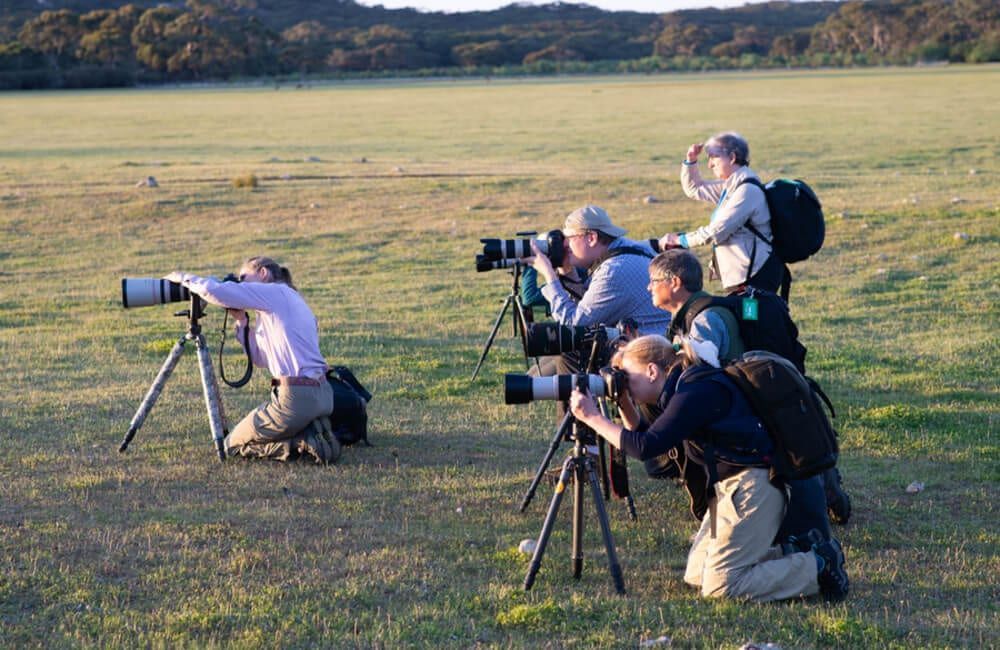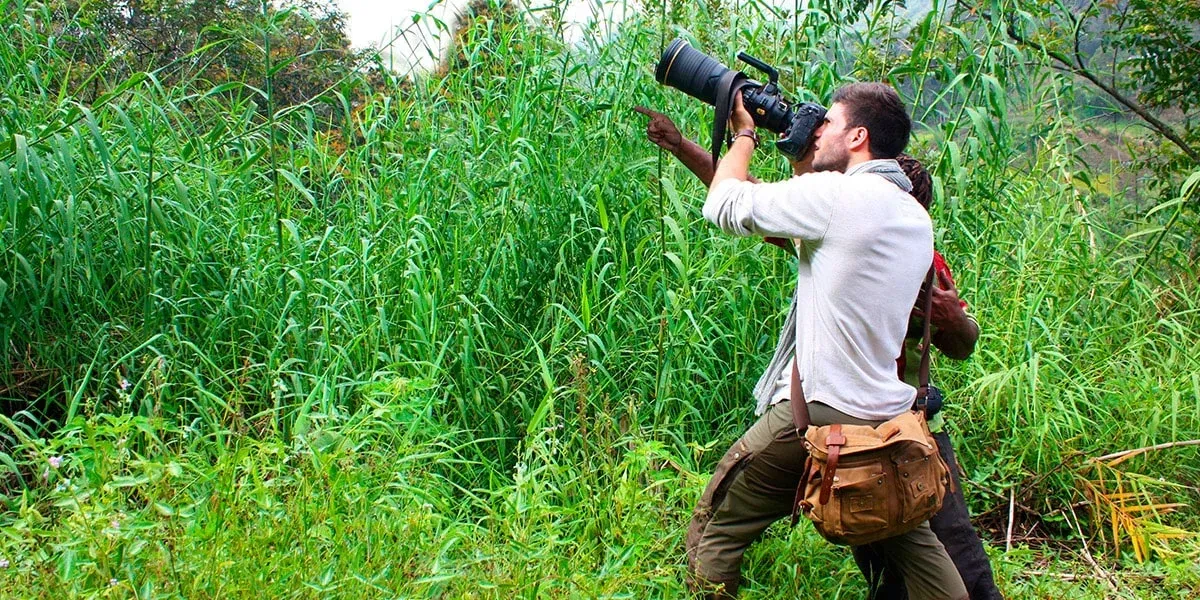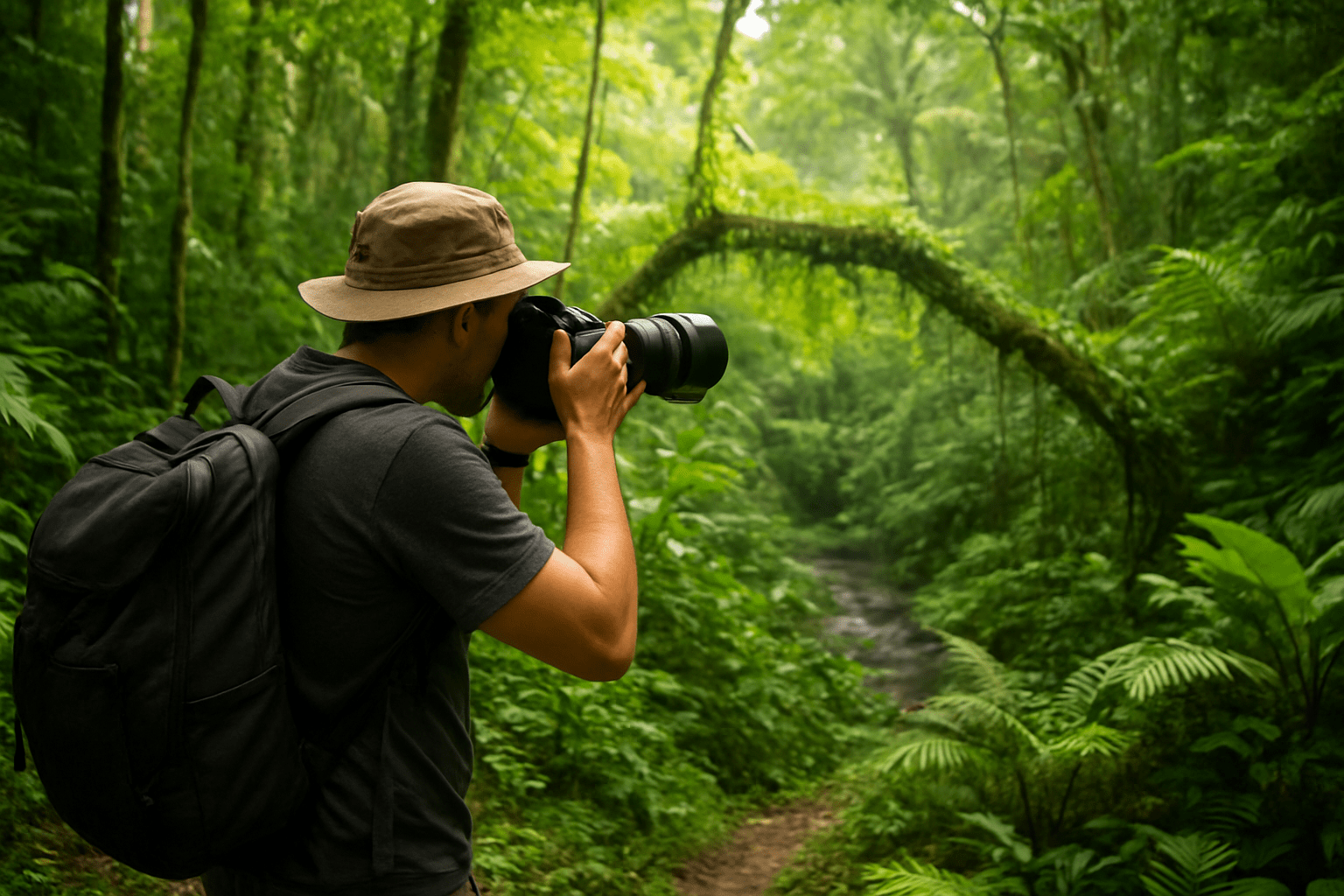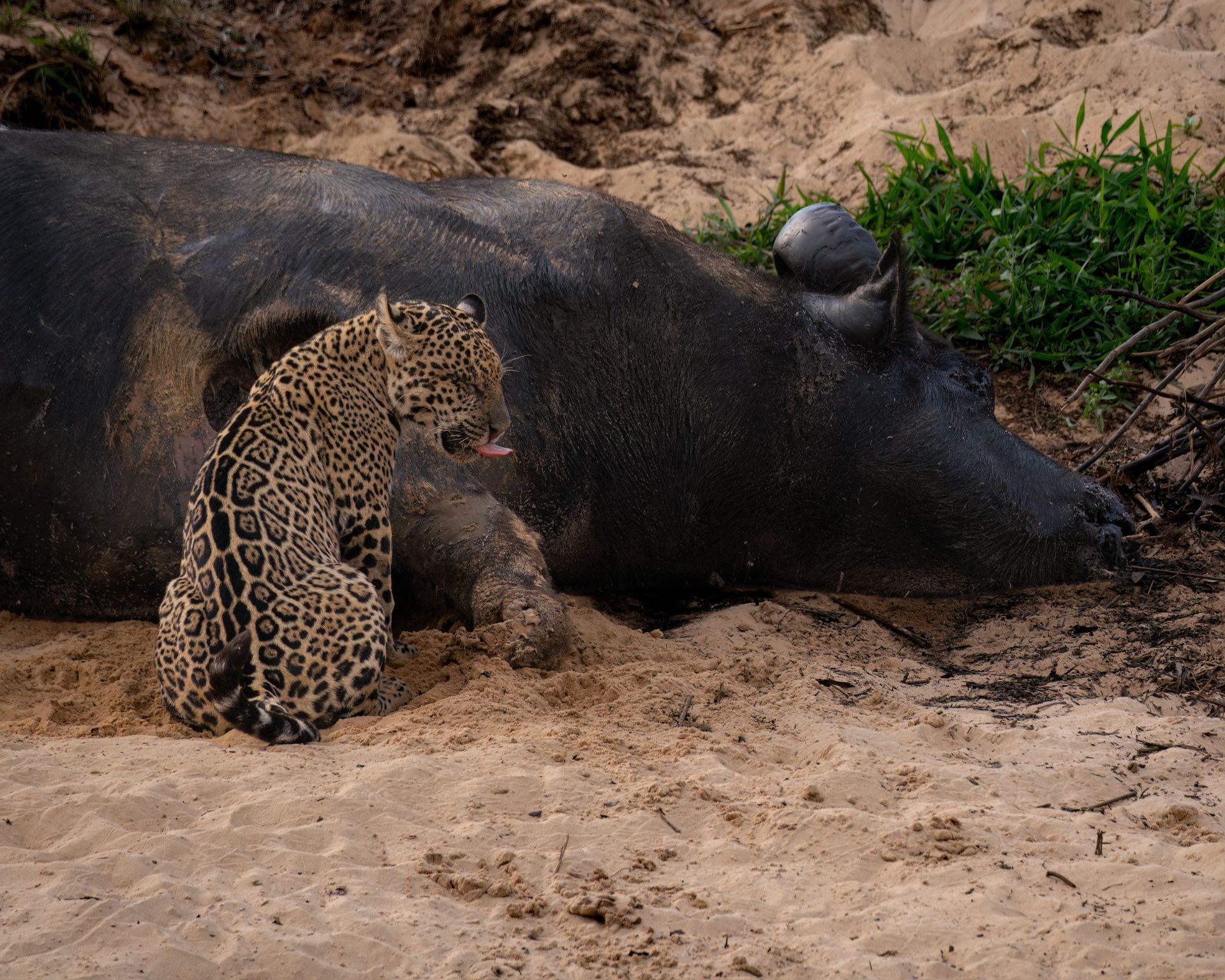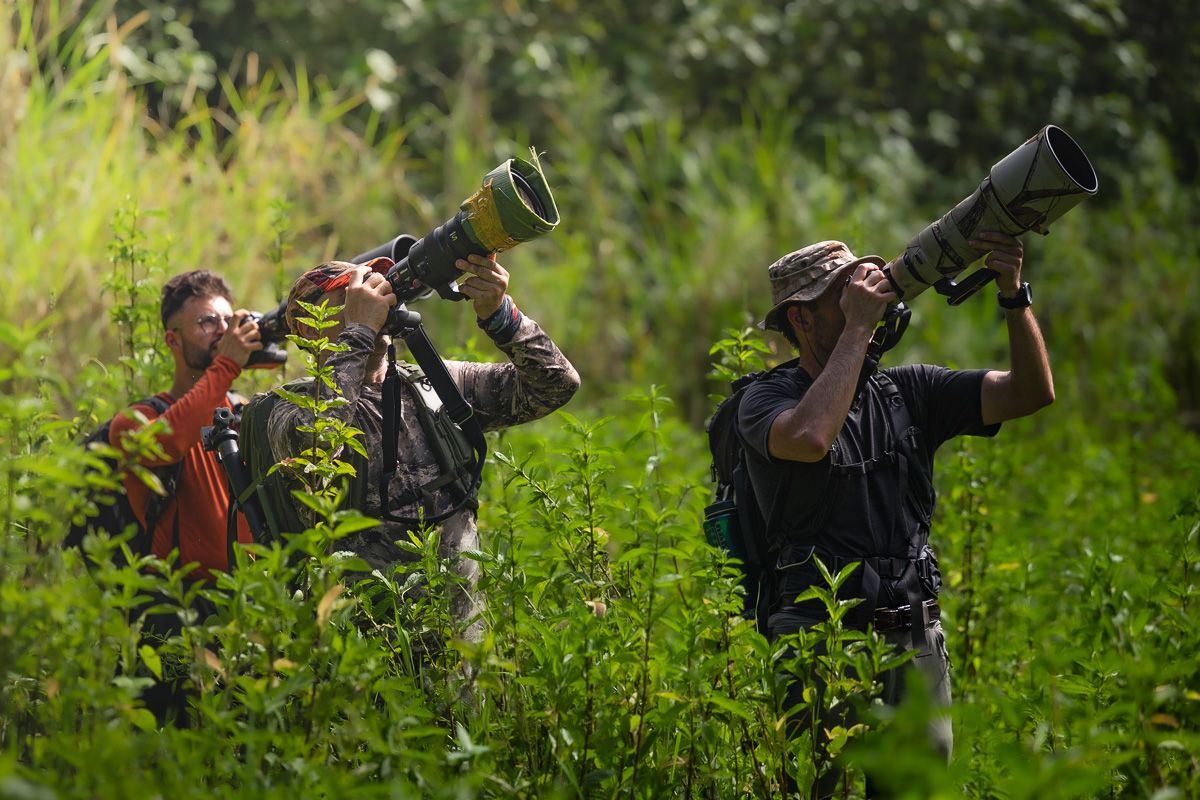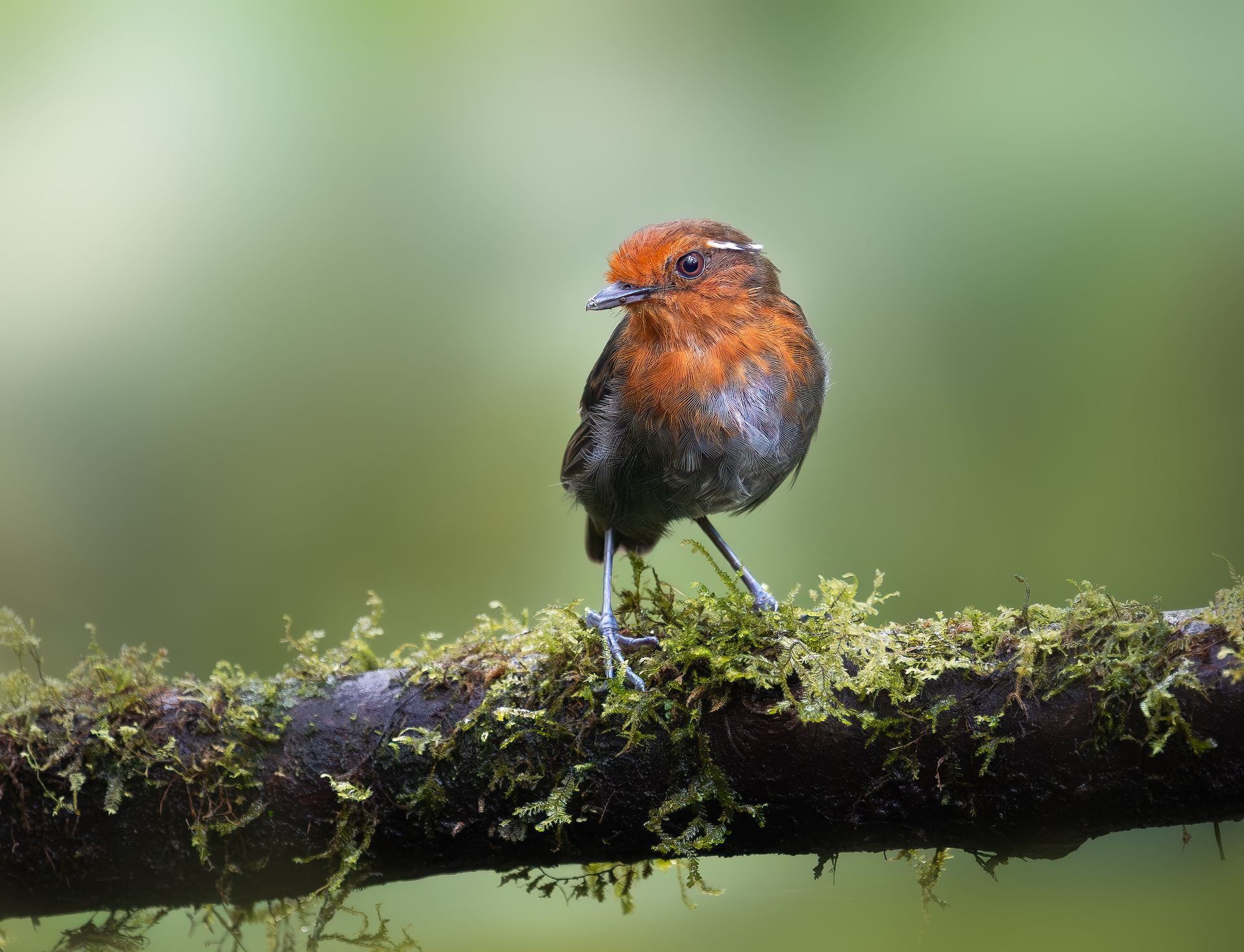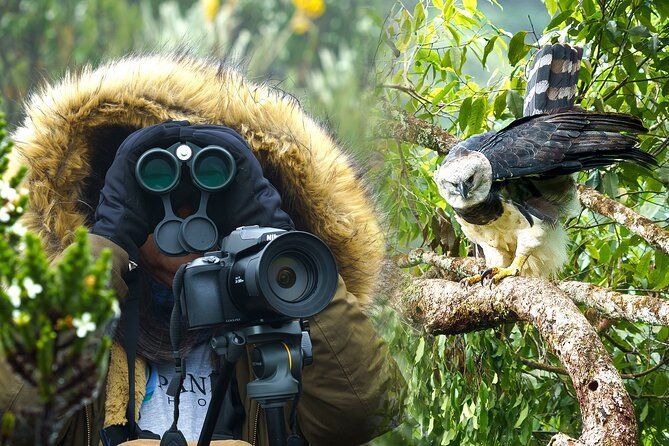The Caribbean Region: A Birdwatcher’s Dream Destination
With its turquoise waters, lush mangroves, coral islands, and tropical forests, the Caribbean region is much more than a vacation paradise. For birdwatchers, it is one of the most diverse and rewarding destinations in the world. Stretching across island nations and coastal countries, the Caribbean is home to over 700 bird species, many of them endemic—meaning they are found nowhere else on Earth.
From the elegant Flamingos of Bonaire to the elusive Cuban Tody, and from seabirds nesting on remote cays to hummingbirds hovering in rainforest clearings, the Caribbean offers endless opportunities for discovery. Whether you are a beginner birder, a seasoned ornithologist, or a wildlife photographer, the region provides a perfect blend of accessibility, diversity, and natural beauty.
Why the Caribbean is a Birdwatcher’s Paradise
- Unmatched Biodiversity
- Over 171 endemic species across the islands.
- Unique ecosystems: mangroves, wetlands, coral cays, rainforests, and dry forests.
- Year-Round Birding
- Resident tropical species all year.
- Migratory species from North America during winter months.
- Accessibility
- Short flights from North America and Europe.
- Infrastructure for eco-tourism and birdwatching tours.
- Scenic Backdrops
- Birds against settings of beaches, volcanoes, and tropical jungles make the experience visually unforgettable.
Top Birdwatching Destinations in the Caribbean
Cuba
- Signature Species: Cuban Tody, Bee Hummingbird (world’s smallest bird), Cuban Trogon (national bird).
- Habitats: Wetlands like Zapata Swamp, pine forests in the Sierra Maestra.
- Highlights: Over 370 species recorded, including 28 endemics.
Jamaica
- Signature Species: Jamaican Mango, Red-billed Streamertail (“Doctor Bird”), Jamaican Owl.
- Habitats: Blue Mountains, Cockpit Country limestone hills.
- Highlights: 28 endemics, making it a top destination for endemic birding.
Dominican Republic & Haiti (Hispaniola)
- Signature Species: Hispaniolan Trogon, Palmchat, Ridgway’s Hawk.
- Habitats: Mountain cloud forests, dry scrublands, mangroves.
- Highlights: One of the most diverse islands, hosting over 30 endemics.
Puerto Rico
- Signature Species: Puerto Rican Tody, Puerto Rican Parrot (critically endangered), Adelaide’s Warbler.
- Habitats: El Yunque rainforest, Guánica dry forest, mangrove lagoons.
- Highlights: Compact yet home to 17 endemic species.
Lesser Antilles (Grenada, St. Lucia, Dominica, etc.)
- Signature Species: St. Lucia Parrot, Imperial Amazon (Dominica), Grenada Dove.
- Habitats: Rainforests, volcanic peaks, coastal wetlands.
- Highlights: Small islands with high concentrations of unique species.
Coastal Colombia & Venezuela (Caribbean Lowlands)
- Signature Species: Scarlet Ibis, Northern Screamer, Chestnut-winged Chachalaca.
- Habitats: Caribbean wetlands, mangroves, and dry forests.
- Highlights: Gateway between South America and the Caribbean islands.
Iconic Birds of the Caribbean
- Flamingos – Found in Cuba, Bonaire, Aruba, and the Bahamas, often feeding in shallow lagoons.
- Magnificent Frigatebird – Large seabird with striking red throat pouch seen soaring over coastlines.
- Brown Pelican – Common along beaches and fishing villages.
- Bananaquit – Cheerful, nectar-loving songbird found across the islands.
- Trogons and Todies – Jewel-like species with brilliant colors, a photographer’s favorite.
- Endemic Parrots – Each island seems to have its own parrot species, from the St. Vincent Parrot to the Puerto Rican Parrot.
Best Seasons for Birdwatching
- Winter (November–March): Peak for migratory species from North America.
- Spring (April–June): Breeding season, ideal for observing courtship displays.
- Summer (July–September): Resident species dominate; seabird colonies active.
- Autumn (October): Good for migratory shorebirds stopping over.
Photography Tips for Caribbean Birding
- Work with Morning and Evening Light: Caribbean sunlight can be harsh at midday. Early and late hours provide soft, golden tones.
- Use Natural Backgrounds: Birds framed against turquoise seas, mangrove roots, or tropical flowers create iconic shots.
- Be Patient in Rainforests: Species like todies and parrots are active in bursts; waiting pays off.
- Capture Behavior: Photograph hummingbirds feeding, frigatebirds displaying, or flamingos in synchronized feeding for dynamic images.
Conservation Challenges
While the Caribbean is a birdwatcher’s dream, it also faces threats:
- Habitat Loss: Urban expansion, tourism infrastructure, and deforestation.
- Invasive Species: Rats, cats, and mongoose predate on nests.
- Climate Change: Rising seas and stronger hurricanes threaten coastal habitats.
- Illegal Wildlife Trade: Endangered parrots are still captured for the pet trade.
Many islands have conservation programs—such as the Puerto Rican Parrot Recovery Program and Dominica’s Imperial Amazon protection efforts—which birdwatchers can support through responsible tourism.
Practical Travel Tips
- Best Time to Visit: December to April for mild weather and high bird activity.
- Gear: Lightweight binoculars, zoom lenses (400mm+ for photography), and rain covers for tropical showers.
- Guides: Local birding guides greatly increase chances of spotting endemics.
- Ethics: Avoid disturbing nesting sites, respect private land, and stick to eco-tourism principles.
- Combine Experiences: Mix birdwatching with snorkeling, hiking, or cultural tours to enrich your trip.
Conclusion
The Caribbean is far more than a tropical escape—it is a living laboratory of bird diversity and a sanctuary for species found nowhere else. Whether you’re standing on a Cuban wetland watching flocks of flamingos turn the sky pink, hiking in Jamaica’s Blue Mountains to spot the Doctor Bird, or exploring mangroves in Puerto Rico to glimpse the endangered parrot, every experience is unforgettable.
For birdwatchers and photographers alike, the Caribbean truly is a dream destination, where natural beauty, cultural richness, and avian wonders combine in perfect harmony.



